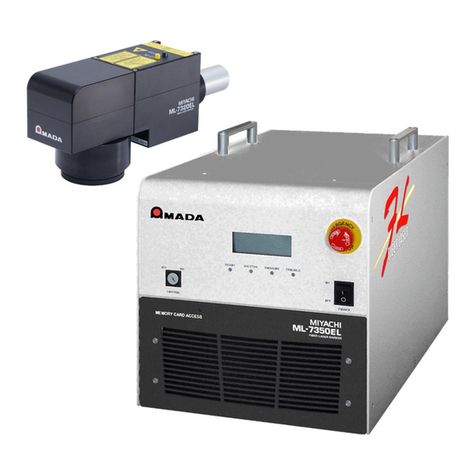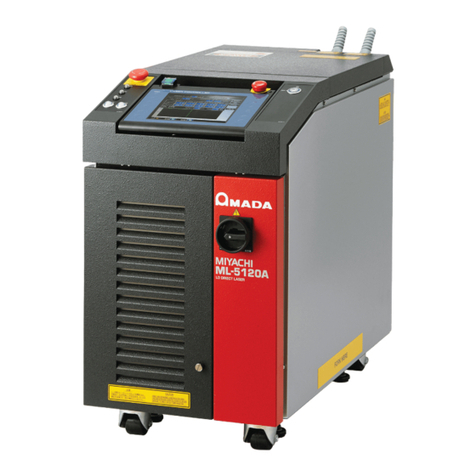
3
Contents
ML-9011A
10.1.2 Preparing Data..................................................................70
■Overview of Sample Data............................................................................. 70
■Examples of Preparing Data Elements ........................................................71
10.2 DataMatrix Specifications.............................................................74
10.2.1 DataMatrix Symbol Specifications.....................................74
■Detailed Specifications.................................................................................74
10.2.2 Preparing Data..................................................................75
■Overview of Sample Data............................................................................. 75
■Examples of Preparing Data Elements ........................................................76
Chapter 11
Interface Specifications.....................................................79
11.1 External Input and Output (EXT. I/O)...........................................80
11.1.1 Input and Output Signals...................................................80
■Input Signals.................................................................................................80
■Output Signals..............................................................................................81
11.1.2 Connection Examples .......................................................82
■When connected to an output PLC with a 24 V DC source..........................82
■When using a contact signal ........................................................................83
■When using an open-collector signal ...........................................................84
11.1.3 Time Chart ........................................................................85
■During normal operations (no EEXT. I/O) ....................................................85
■If laser errors occur ......................................................................................86
■If data errors occur .......................................................................................87
■When marking is stopped............................................................................. 87
■If the power is turned ON and OFF ..............................................................88
■If the counter is used (Count reset and count up enabled) ..........................89
■When counter stop is used (increment of 1).................................................90
■When carriage control signal is used ...........................................................91
11.2 Extended External Input and Output (EEXT. I/O) ........................92
11.2.1 Input and Output Signals...................................................92
■Input Signals.................................................................................................92
■Output Signals..............................................................................................92
11.2.2 Connection Examples .......................................................93
■When connected to an output PLC with a 24 V DC source..........................93
■When using a contact signal ........................................................................94
■When using an open-collector signal ...........................................................95
11.2.3 Time Chart ........................................................................96
■During normal operations.............................................................................96
■During data errors (errors from unregistered layouts)..................................97
11.3 Emergency Stop/
Remote Interlock (REM. I/L)98
11.3.1 Pin Layout .........................................................................99
■Input Signals.................................................................................................99
■Output Signals..............................................................................................99
11.3.2 Connection Examples .....................................................100
■Remote Interlock ........................................................................................100
■Emergency Stop.........................................................................................101
































